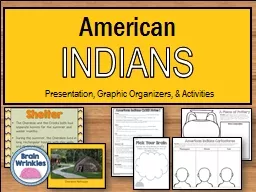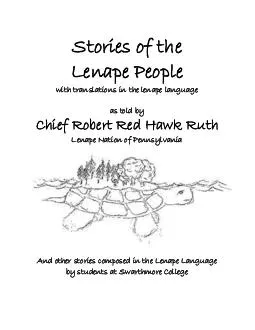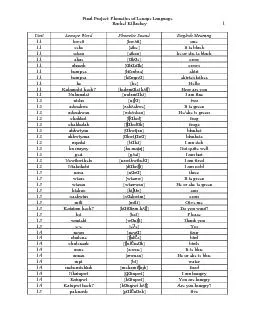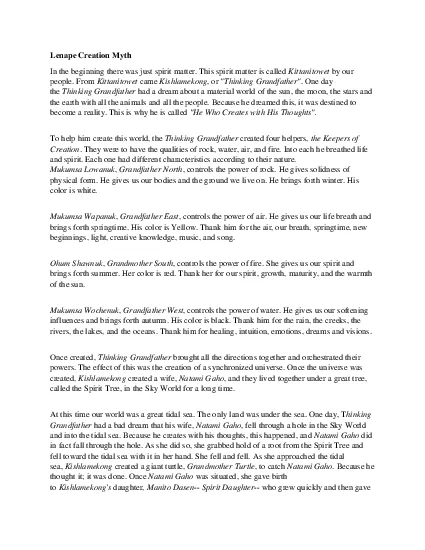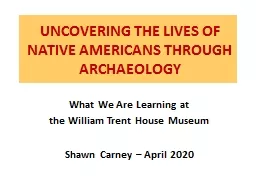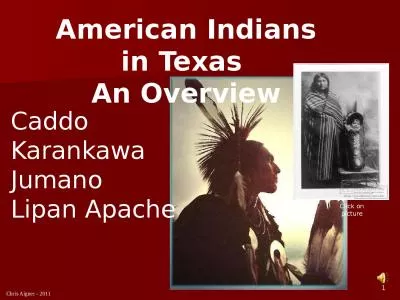PPT-Lenape Indians
Author : stefany-barnette | Published Date : 2016-07-07
Story Board Created By Mrs Broe Background The Lenape Indians lived in New Jersey over a 1000 years ago They occupied this land when the European explorers and
Presentation Embed Code
Download Presentation
Download Presentation The PPT/PDF document "Lenape Indians" is the property of its rightful owner. Permission is granted to download and print the materials on this website for personal, non-commercial use only, and to display it on your personal computer provided you do not modify the materials and that you retain all copyright notices contained in the materials. By downloading content from our website, you accept the terms of this agreement.
Lenape Indians: Transcript
Download Rules Of Document
"Lenape Indians"The content belongs to its owner. You may download and print it for personal use, without modification, and keep all copyright notices. By downloading, you agree to these terms.
Related Documents






